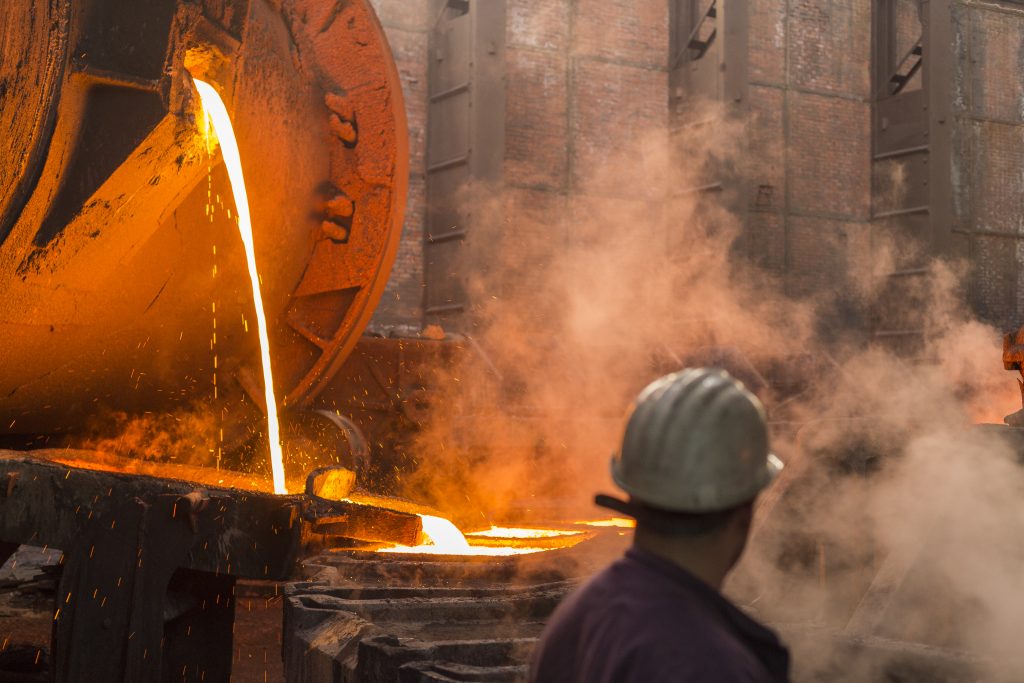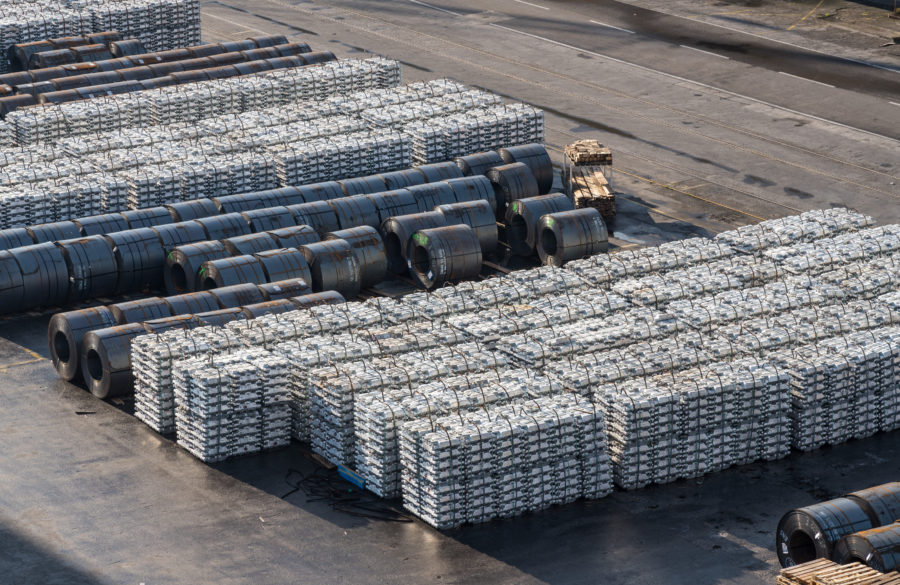Copper miners, smelters at stalemate over processing charges

SHANGHAI, Nov 30 (Reuters) – China’s smelters and international miners have not agreed to terms for next year’s treatment and refining charges (TC/RCs) this week, potentially prolonging negotiations into 2018 as both sides haggle over supply tightness and demand, according to six industry sources.
Five of the sources said the fees should fall from this year’s level of $92.50 per tonne and 9.2 cents per pound (0.45 kg) because of a smelting capacity expansion that will cause the companies to compete for materials as mine supply growth stalls next year.
Miners pay the TC/RCs to the smelters to process their ore and the level the sides agree to pay plays a large role in the profitability of the miners and the smelters. China is the world’s largest consumer of copper, which is used in electrical wires and plumbing and the charges accepted there are used as an global industry benchmark.
For 2018, two trading sources said prices as low as $72.80 per tonne or 7.28 cents per pound were offered this week. However, two other traders and a miner said levels around $78 per tonne or 7.8 cents per pound were more reasonable.
On the other side, the smelters were pushing for prices to remain unchanged from last year because of abundant mine output.
“The difference in the reading of the market between the two sides is still great,” said a source at a Chinese smelter.
Miners such as Freeport-McMoRan Inc and Antofagasta and Chinese smelters started hammering out next year’s processing fees last month.
Deals on the charges are often struck during the Asia Copper conference that is being held this week, but with both sides still far apart, talks are expected to continue and may well extend into early 2018.
It is not unusual for talks to extend into a new year and the four metals traders said they expect both sides to eventually find consensus around $85 per tonne or 8.5 cents per pound. The vast majority of the world’s smelters make a profit at that level.
The stalemate illustrates the industry’s uncertainty about the potential for strikes in Chile and Peru, the world’s biggest copper concentrate producers, to reduce supply in 2018.
The miners foresee these problems creating a concentrate supply deficit while a group of Chinese smelters earlier this month forecast an essentially balanced market with the potential for a surplus.
“What we’ve expressed is the view that obviously the supply of concentrate is tight and at the same time we’ve had growth in the smelting capacity,” said Ivan Arriagada, the chief executive officer of Chilean miner Antofagasta, in an interview on Thursday.
“Therefore we think and believe based on this and the economic realities that TC/RCs should come down.”
Nicholas Snowdon, a metals analyst at Standard Chartered, reckons there will be a 200,000 tonne surplus of copper concentrate this year, leading to a deficit of the same amount in 2018.
(Reporting by Josephine Mason, Tom Daly and Melanie Burton; Editing by Christian Schmollinger).
More News
China’s mining investment under Belt and Road Initiative sets new record – report
China's overseas mining investment under its Belt and Road Initiative hit another peak last year at $21.4 billion.
March 29, 2025 | 10:26 pm
Column: Europe’s future metals strategy hindered by current crisis
Chinese over-capacity and high energy prices have accelerated the long-term decline of European steel and aluminum production.
March 29, 2025 | 02:25 pm
{{ commodity.name }}
{{ post.title }}
{{ post.excerpt }}
{{ post.date }}



Comments